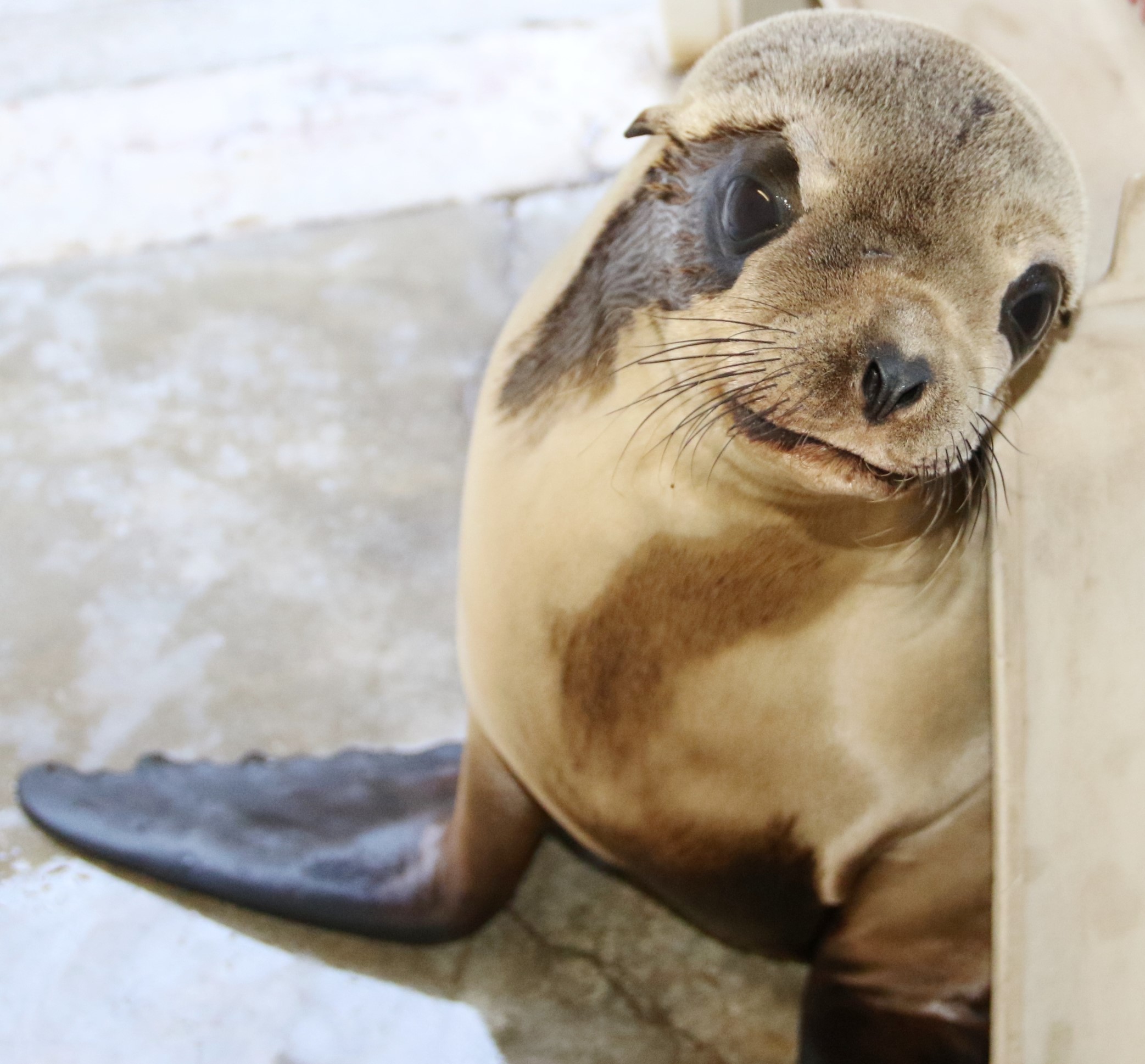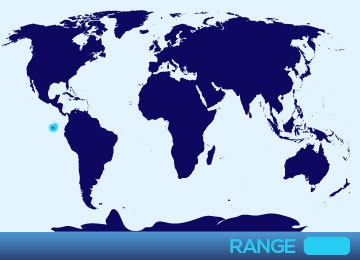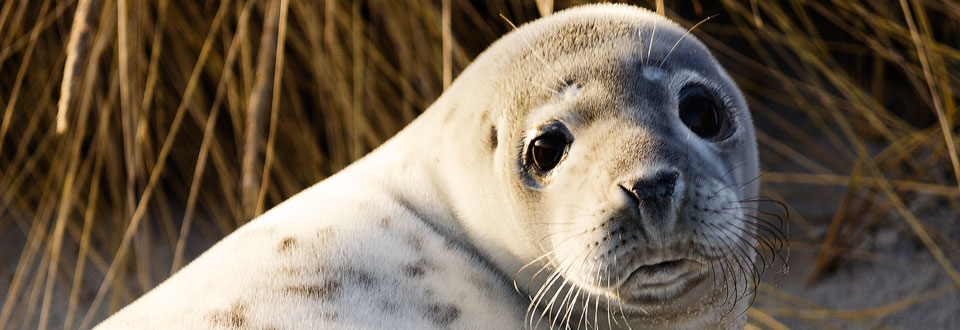
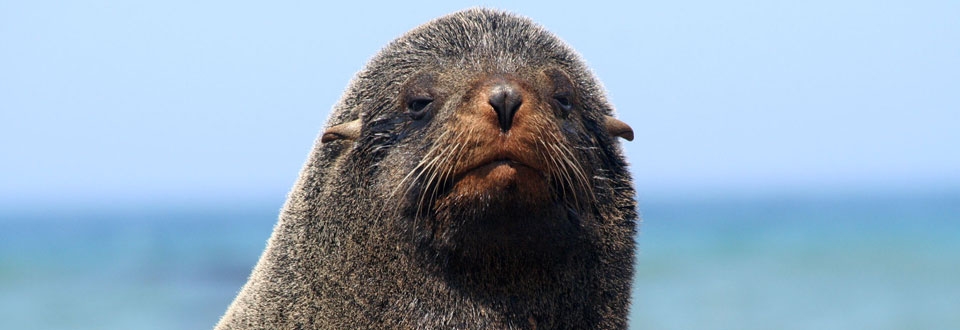
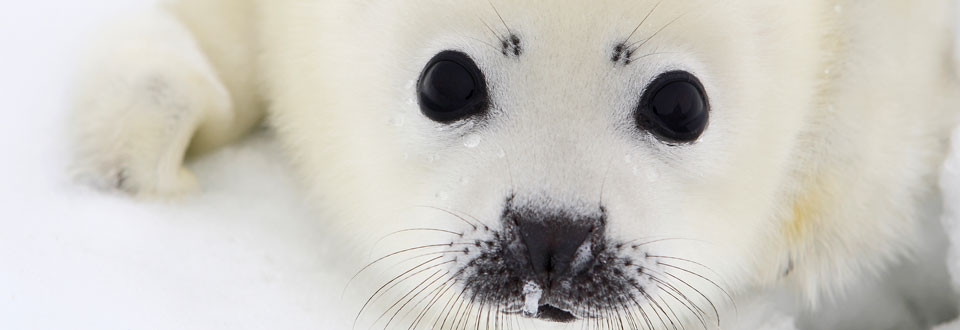
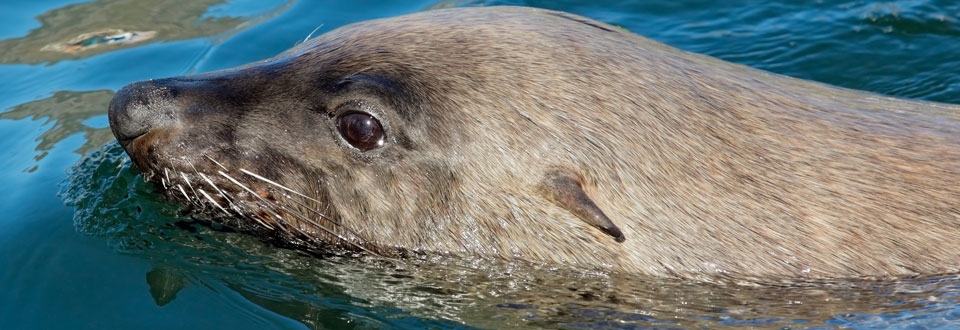
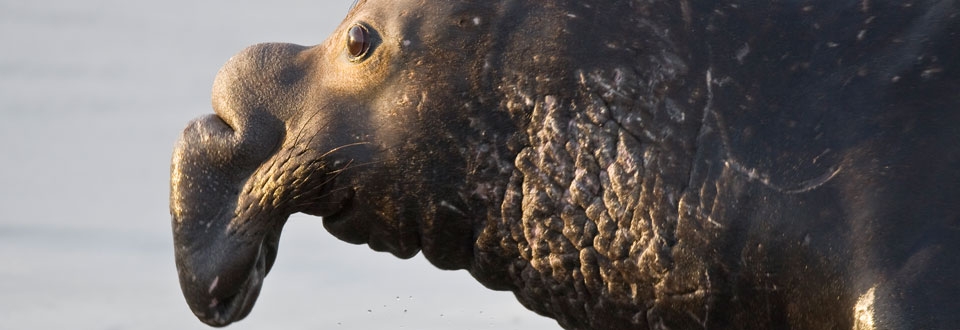
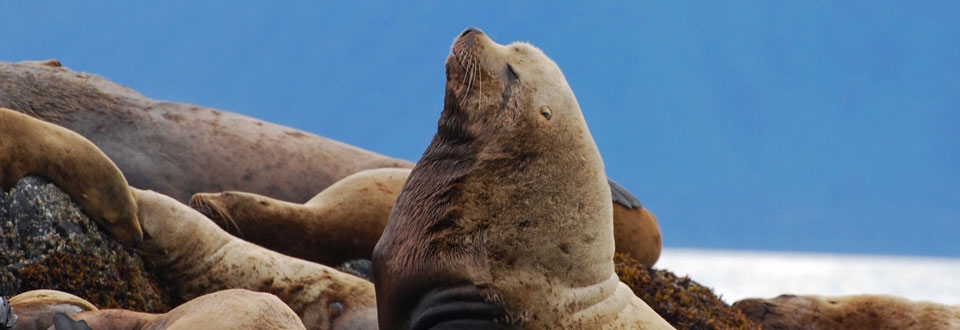
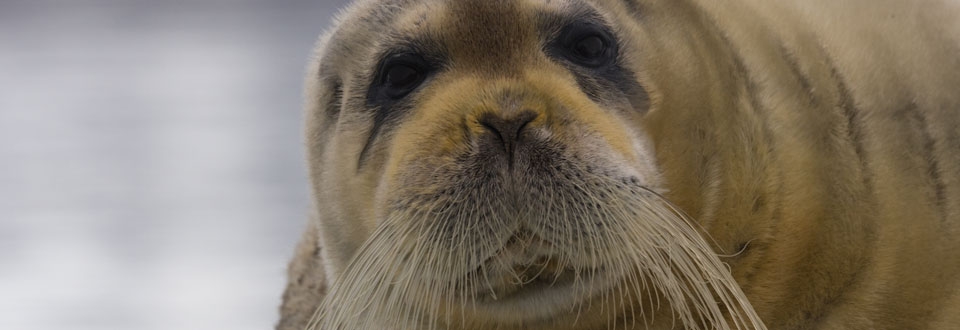
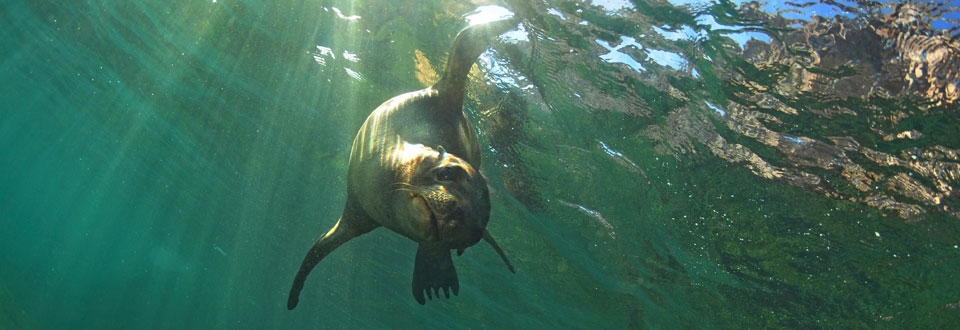
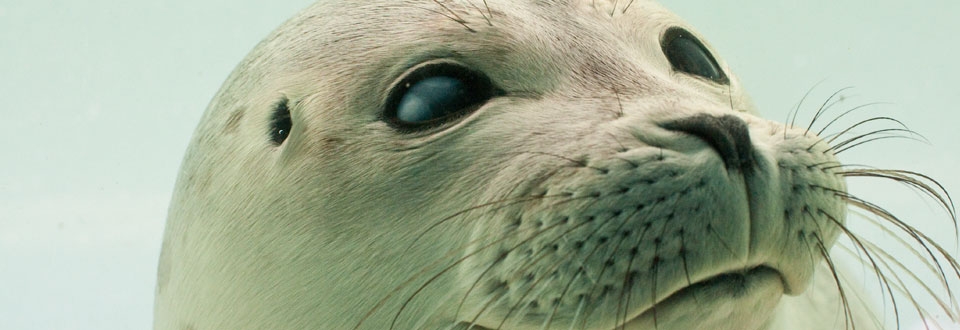
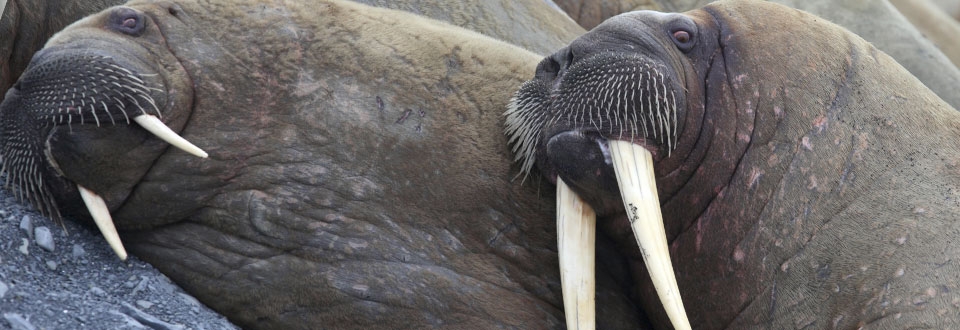
Pinniped Species
All
x
- – No known individuals remaining.
- – Known only to survive in captivity, or as a naturalized population outside its historic range.
- – Extremely high risk of extinction in the wild.
- – High risk of extinction in the wild.
- – High risk of endangerment in the wild.
- – Likely to become endangered in the near future.
- – Lowest risk. Does not qualify for a higher risk category. Widespread and abundant taxa are included in this category.
- – Not enough data to make an assessment of its risk of extinction.
- – Has not yet been evaluated against the criteria.
Galapagos Fur Seal
- – No known individuals remaining.
- – Known only to survive in captivity, or as a naturalized population outside its historic range.
- – Extremely high risk of extinction in the wild.
- – High risk of extinction in the wild.
- – High risk of endangerment in the wild.
- – Likely to become endangered in the near future.
- – Lowest risk. Does not qualify for a higher risk category. Widespread and abundant taxa are included in this category.
- – Not enough data to make an assessment of its risk of extinction.
- – Has not yet been evaluated against the criteria.
Galapagos fur seal
Males – 5 ft
Females – 4 ft
Males – 140 lbs
Females – 60 lbs
Galapagos fur seals are found primarily on the Galapagos Islands or in the waters of the Pacific Ocean near the Galapagos Islands. During the breeding seasons populations are observed in the northern and western parts of the Galapagos Islands and they are non-migratory.
Galapagos fur seals are among the smallest of the Otariidae family. Their fur is a light tan on the stomach and around the mouth and ears, with the rest of the fur being a gray-brown. They have longer guard hairs and male fur seals have a mane of slightly longer hairs from the top of the head to their shoulders. Fur seal pups have a blackish-brown coat. The Galapagos fur seal is distinguishable by its short, pointed muzzle and small, button-like nose.
Galapagos fur seals are nocturnal foragers when their prey migrates closer to the surface of the water at a depth the seals can reach them. Their diet consist primarily of fish and mollusks.
Galapagos fur seals are found on the rocky shores of the Galapagos Archipelago, a group of volcanic islands off the coast of Ecuador. The islands are characterized by a cool season and a warm season with average sea temperatures being relatively high. Galapagos fur seals take shelter in the shade of boulders, in caves, or under lava ledges. They follow the Humboldt Current when in the deep waters of the Pacific Ocean.
Galapagos fur seals are polygynous, a single male mates with multiple females, with the males establishing a territory and defending groups of females. The breeding season occurs once a year from August to November. The gestation period is about 12 months with a delayed implantation and they give birth to a single pup at a time and begin estrus 5-10 days after giving birth. The Galapagos fur seals have the lowest reproductive rate of all the seals. Pups are not weaned until the ages of 2-3 years which causes sibling rivalry if a second pup is born before the first is weaned. In many cases the older sibling will kill the younger sibling or the young pup will starve to death. Pups begin to make trips to the ocean at 6 months and will begin to forage for themselves at 12 months, however they rely on milk until they are fully weaned and become independent at 2 to 3 years. Females become sexually mature at 3 to 5 years and males reach sexually maturity at 7 to 10 years.
The Galapagos fur seal is listed as endangered on the IUCN Red List. They were put under the protection of the Ecuadorian law in the 20th century because they were almost hunted to extinction by sealers for their fur. The species will benefit from the Galapagos Islands and the surrounding waters becoming a national park and marine reserve with management and protection of the area and its surrounding waters. The Galapagos Islands is one of the first sites to be designated a Natural World Heritage Site, which will ensure the preservation of the Island.
The Galapagos fur seal’s natural predators are killer whales and shark, but are also threatened by feral dogs living on the islands they inhabit. There is little interaction between humans and Galapagos fur seals, but in the early 20th century they were hunted for their fur. El Nino has great effects on this species, making food resources scarce causing the mother seal to neglect the younger pup and weaning occurs too soon, causing the pup to starve.
The Galapagos fur seal typically only dives about 30 meters and spend about 70% of their lives on land. Male Galapagos fur seals are not very efficient at protecting their females and other males are able to successfully mate on a rival male’s territory because of environmental factors. Adult males can defend their territories without eating until the physical demands, nutritional needs, or heat becomes too great, only then will they enter the water during breeding season.




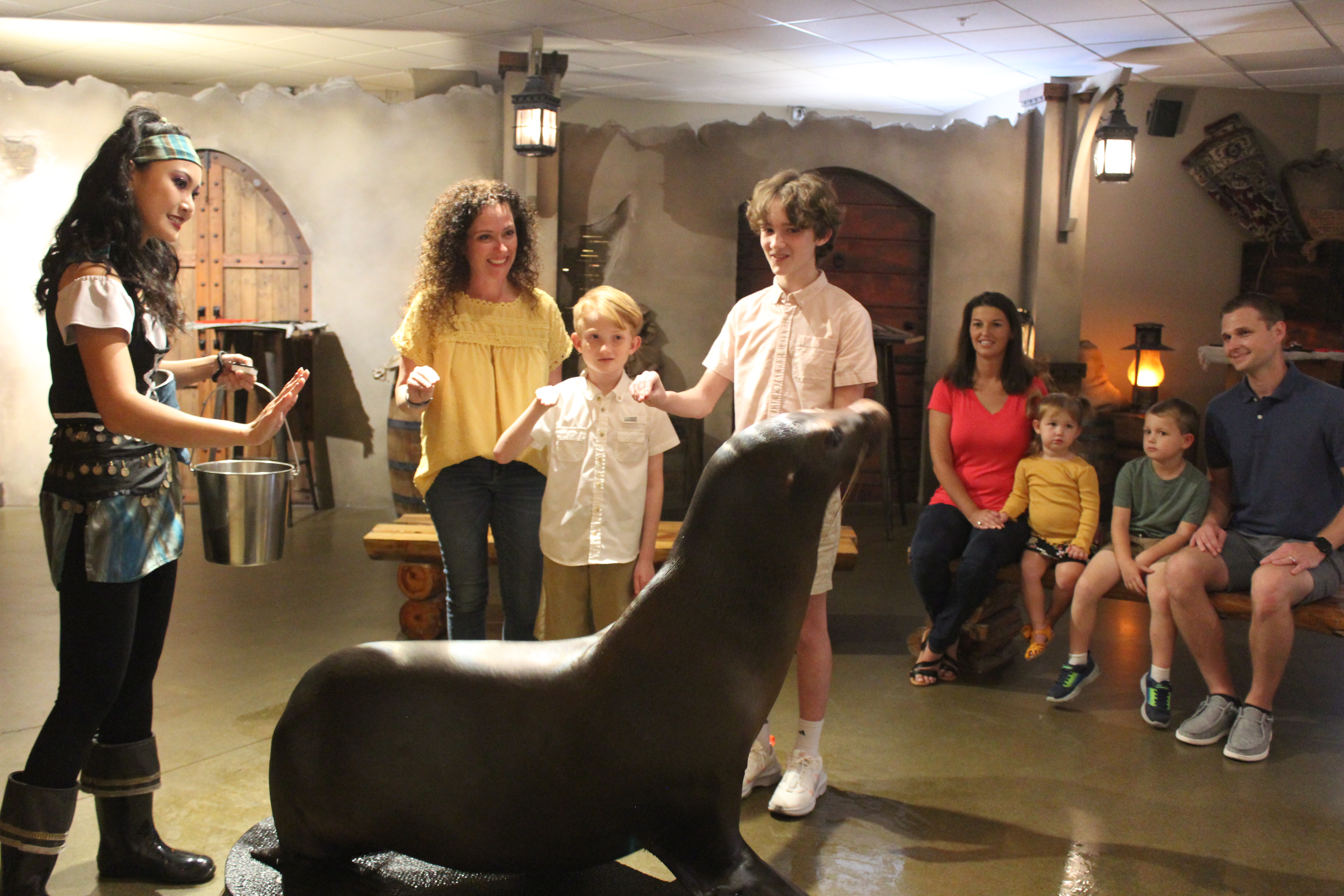 Animal Encounter
Animal Encounter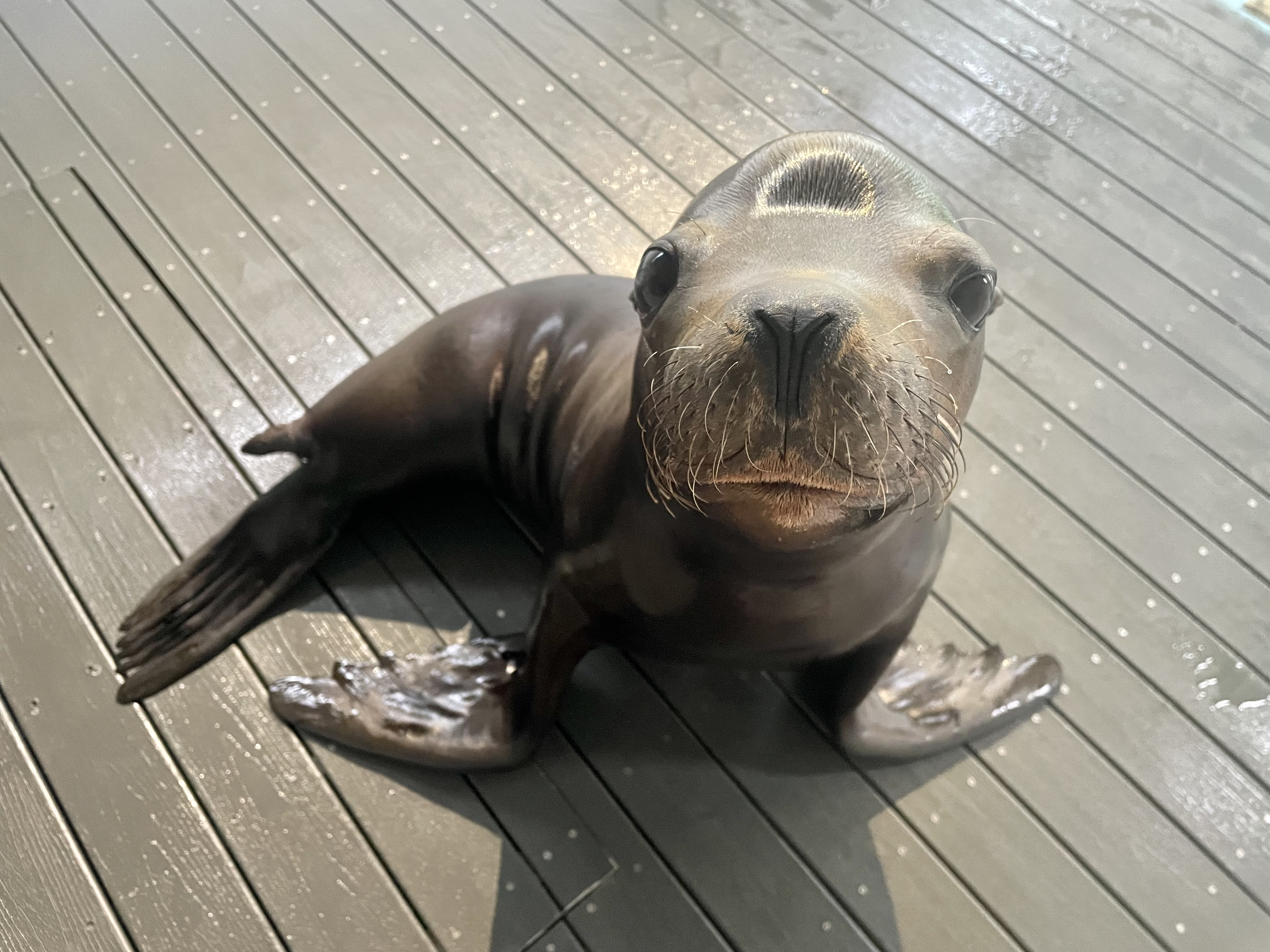 Our Locations
Our Locations
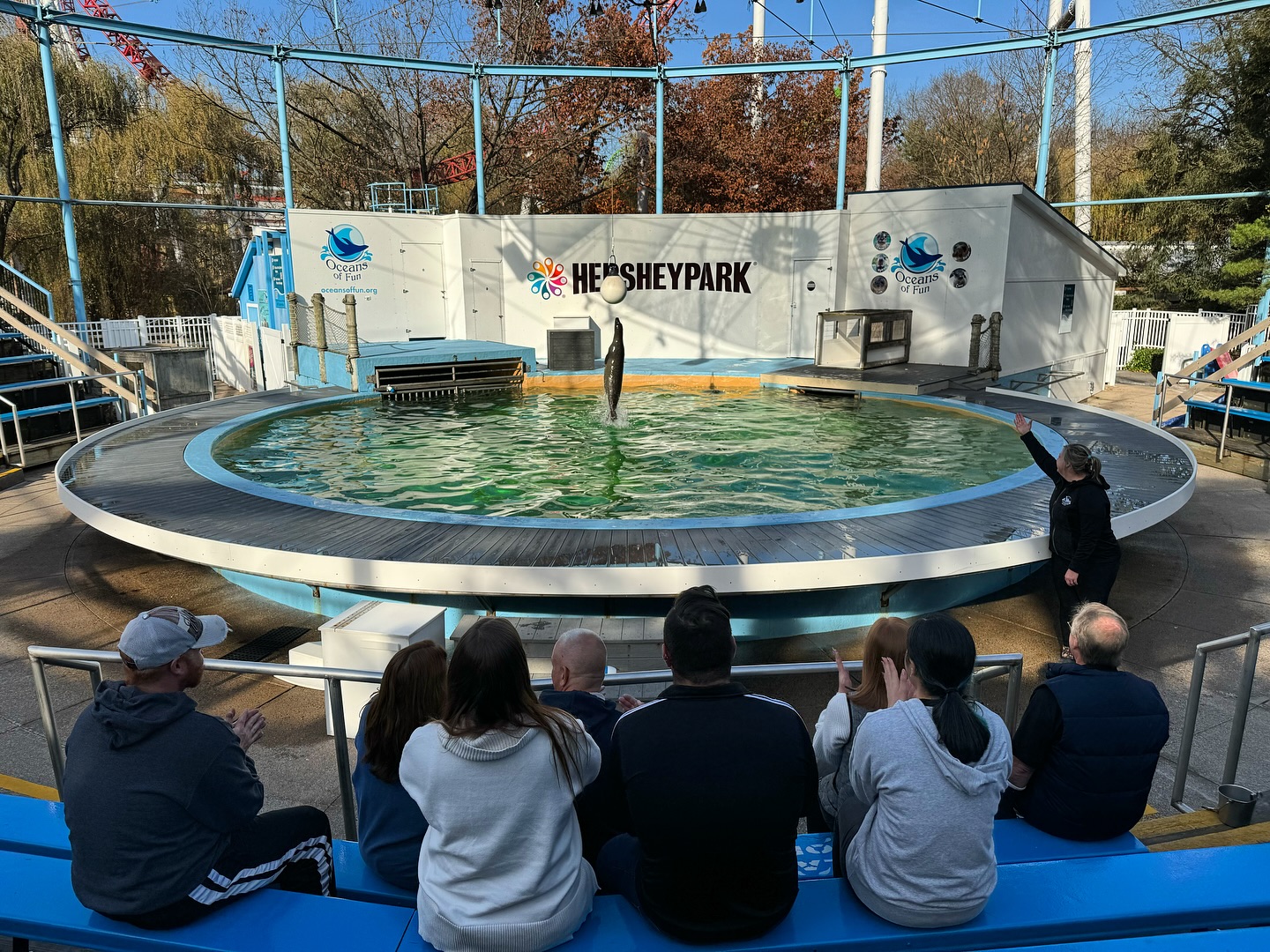 Family Fun
Family Fun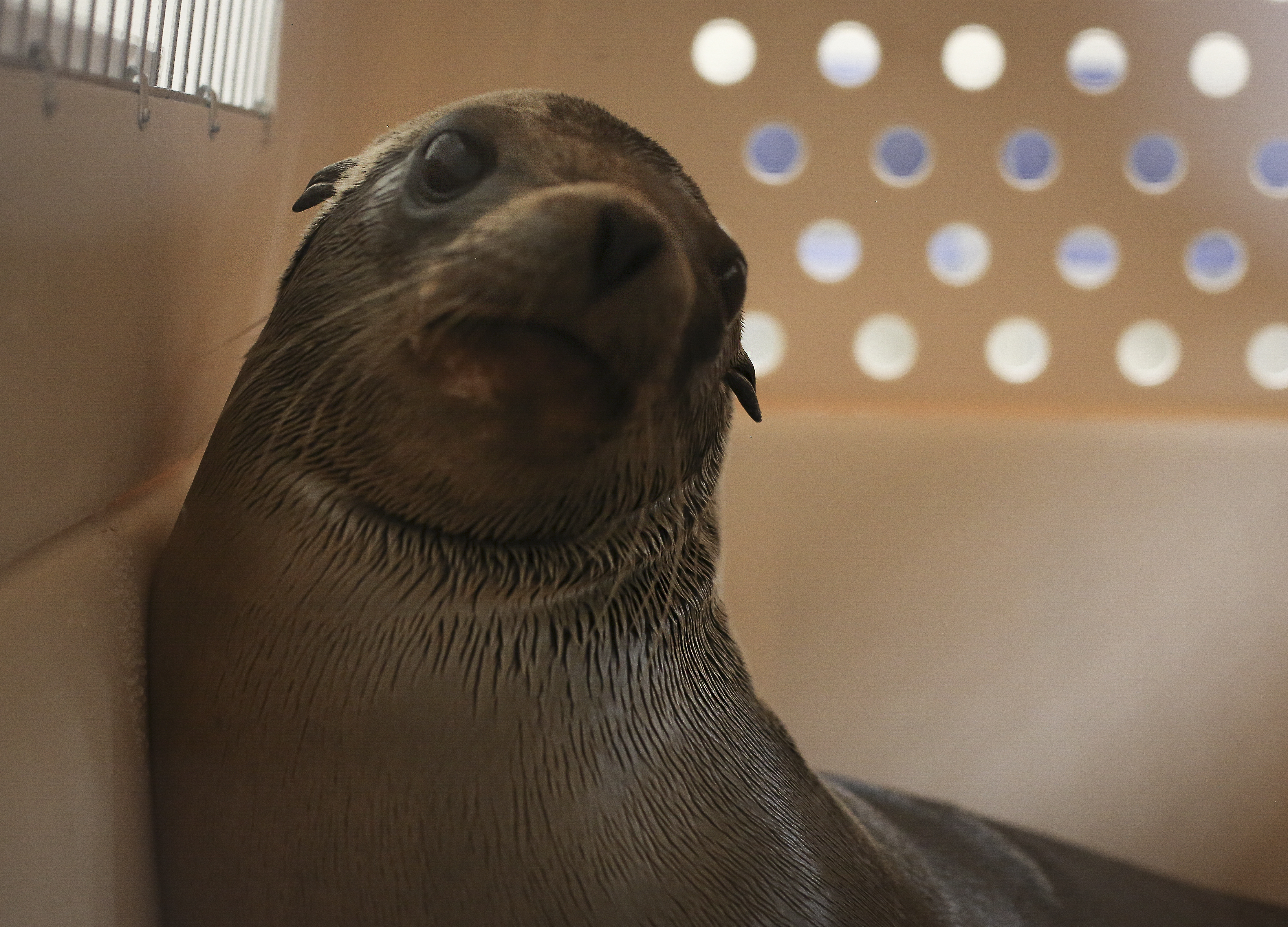
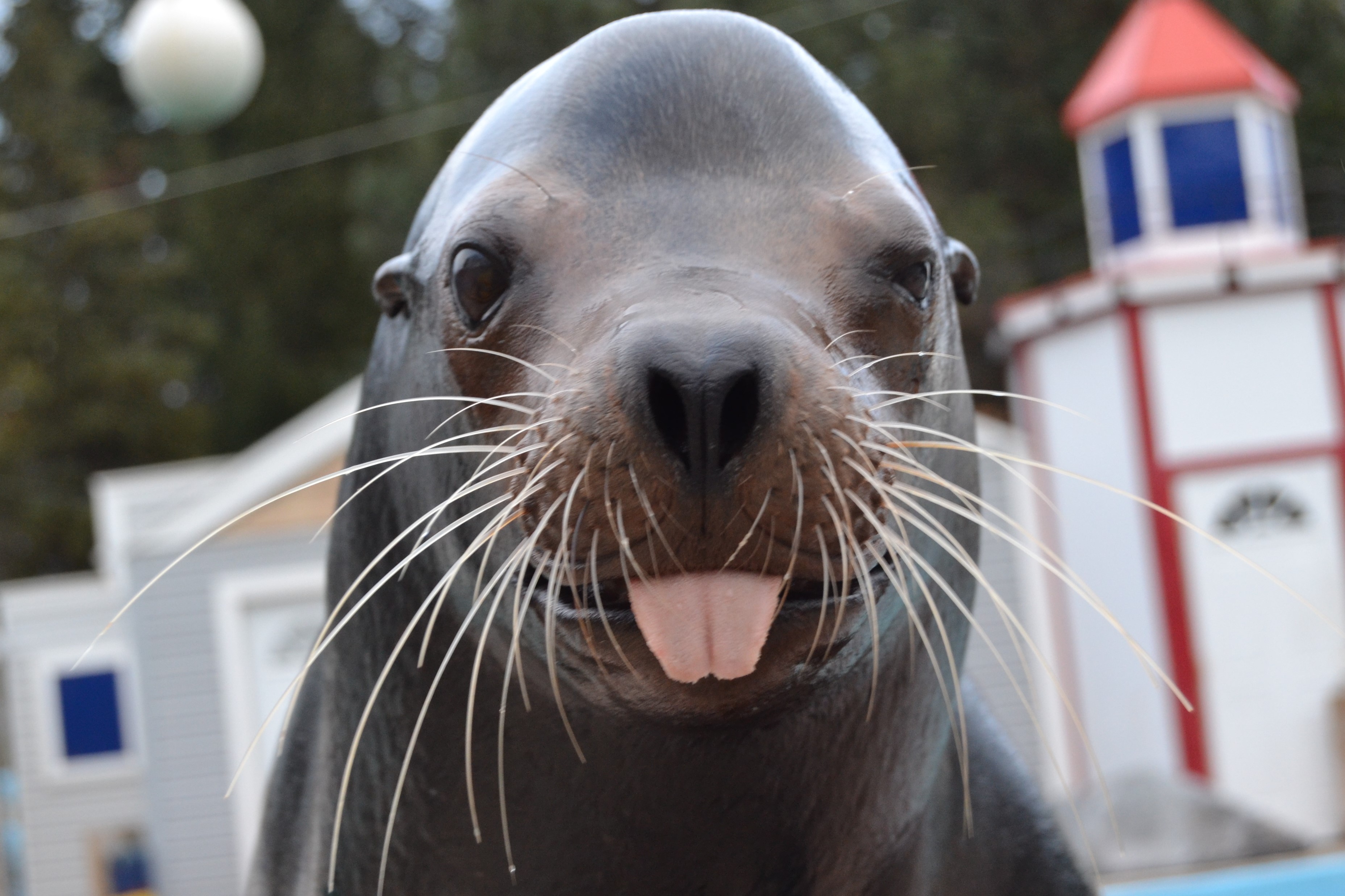
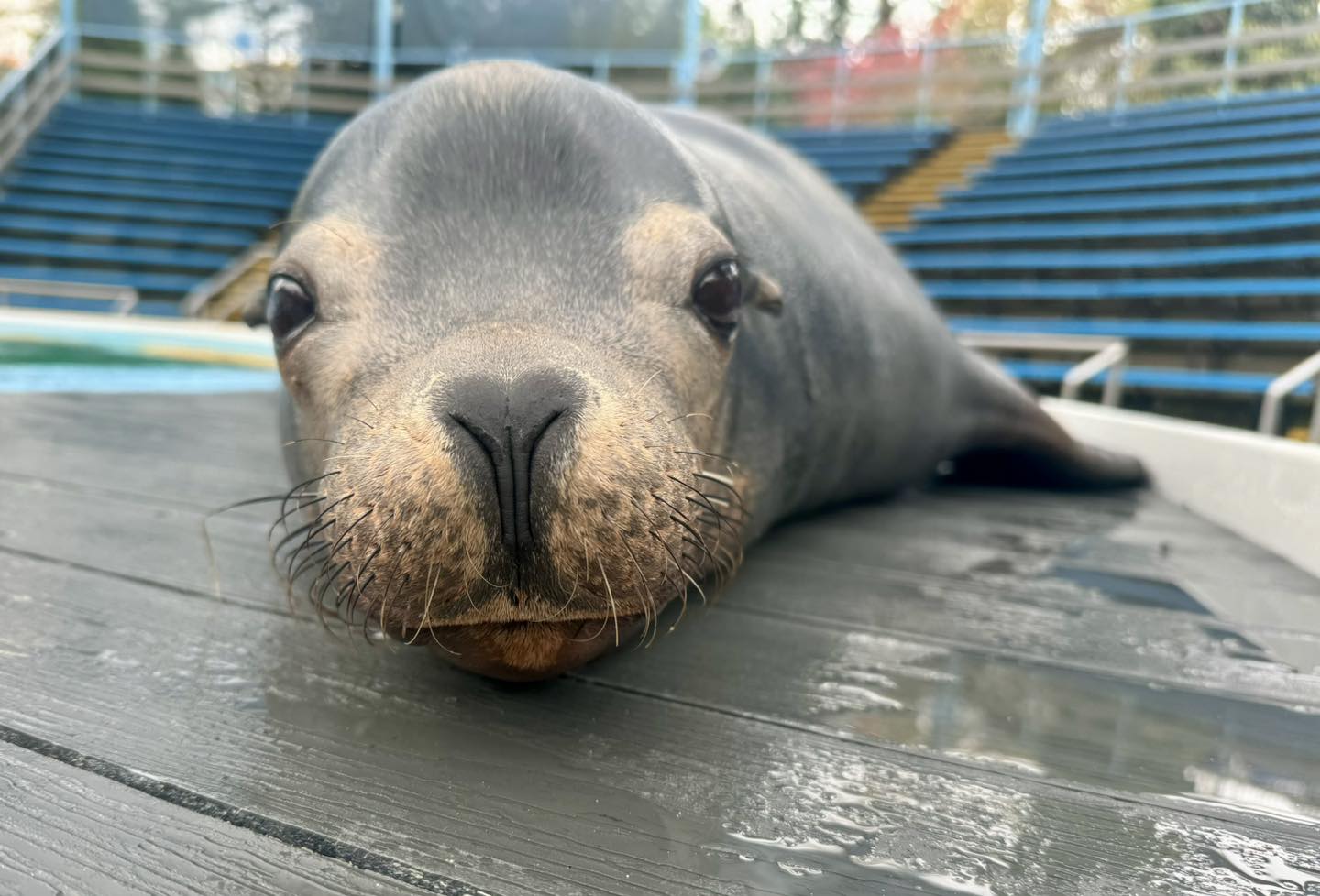 Meet Ripley!
Meet Ripley!

